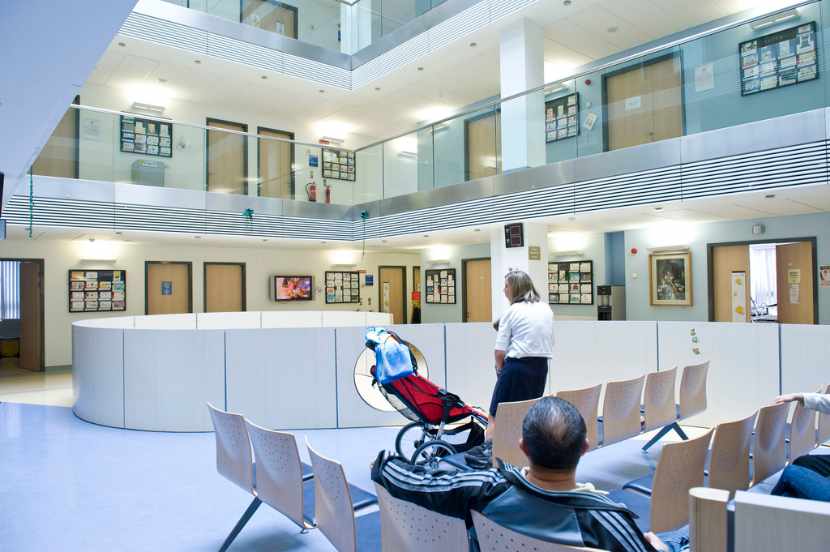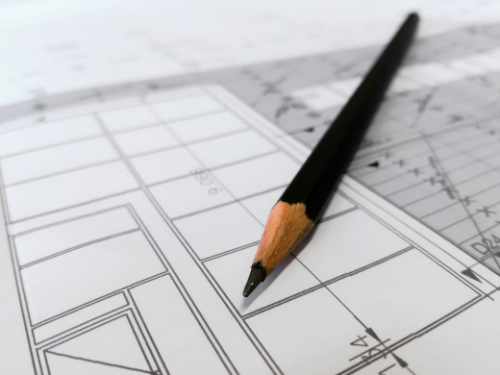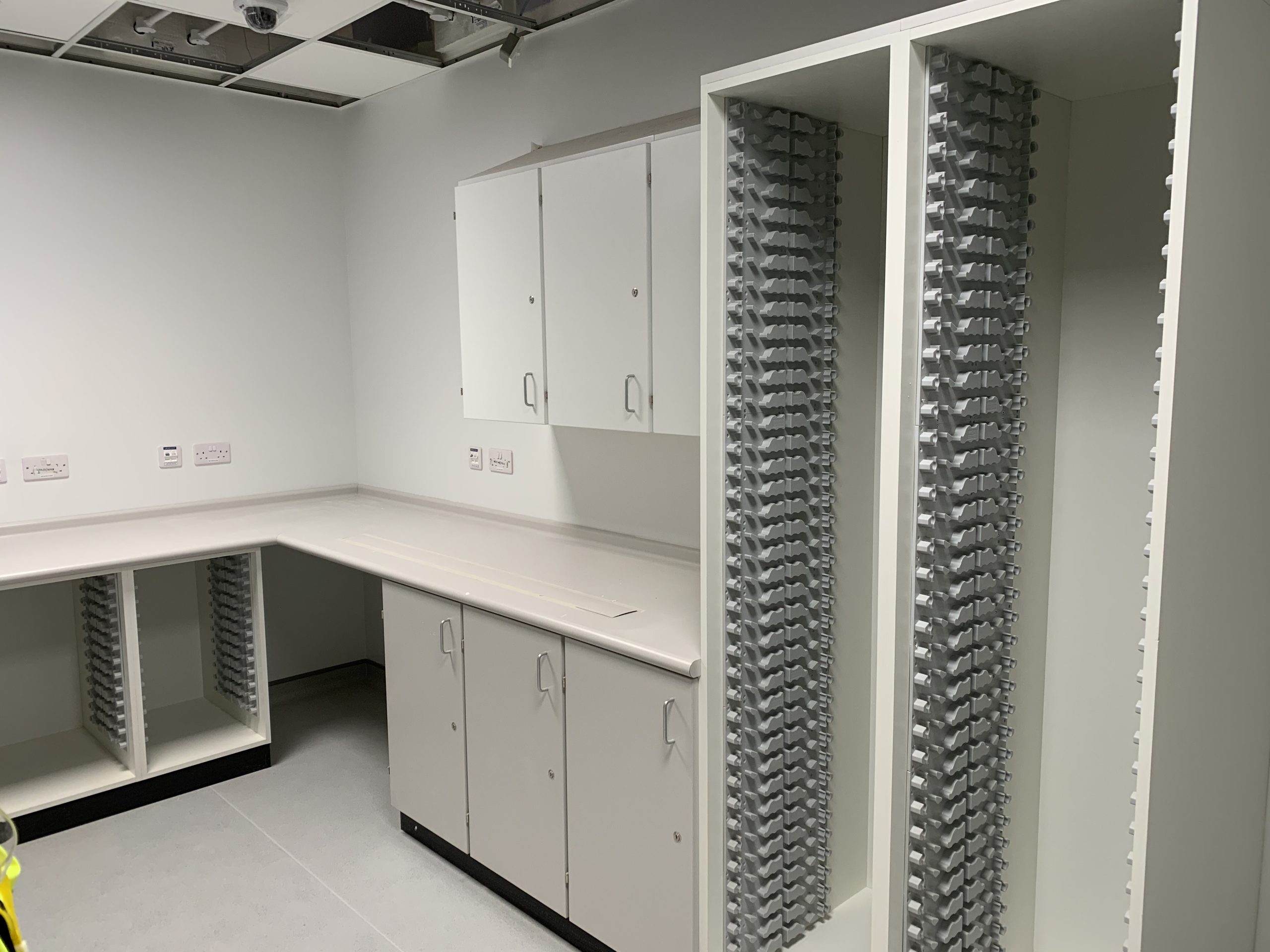What are the real differences between HTM71 and HTM63, two key specification requirements for fitted…

Infection Control – The importance of using the correct furniture in a health centre
There are many factors that need to be considered when designing a health centre. Where will patients sit? How big are the treatment rooms? Where should the reception area be placed? One important consideration is that of infection control, and this applies to all areas of the health centre, including the treatment room, medical storage room and reception area. In this article we look at what to consider when choosing health centre furniture.
Fitted healthcare furniture
The David Bailey Furniture Systems range includes fitted healthcare furniture that can be used in the health centre. This furniture is not only aesthetically pleasing, but it has also been designed in such a way to prevent cross infection.
The link between furniture and infection control
Furniture must be designed in a specific way and use the correct materials to help with infection control measures. This is very important in a healthcare environment, where there are many patients under one roof, and infection can be easily and quickly spread. As such, furniture must be HTM 63 and HTM 71 compliant (Healthcare Technical Memorandum).
Easy to clean
The first thing to consider when choosing furniture is that it needs to be easy to clean. This will ensure that all dust and dirt is removed. It’s also important that the shelving and worktop materials are non-porous, so that cleaning products, such as industrial disinfectant, can be applied without causing any damage. It also needs to be hard-wearing, as this furniture will be cleaned on a daily basis.
Stain and crack resistant
Your chosen furniture needs to be tough and resistant to cracks and stains. Not only are stains unsightly, but they will attract dust, dirt and germs. The same is true of any cracks or scratches, and these can be the perfect place for harmful organisms to live.
Easy access to floors
When choosing any type of storage unit or desk, you need to keep in mind that it’s not only the piece of furniture that needs to be cleaned but also the surrounding area, including the floor. This is why it’s always hugely beneficial to include suspended worktops and storage units in your initial design.
Non-absorbent and fluid-resistant
The clinic environment is prone to spills and pools of fluid. Any type of standing fluid can damage your furniture and become a breeding ground for infection. Always choose furniture that has a non-absorbent and fluid-resistant surface, to help tackle these problems.
Plan the entire space
When designing a health centre you need to consider the type of furniture that is needed, where it will be placed and what materials it is made from. For instance, shelving, cupboards and worktops need to be fitted with no gaps, be tough, durable, and smooth. Choosing the right type of furniture can keep you on top of infection control measures, and keep everyone safe.
Health centre furniture – where to find out more
If you’re specifying health centre furniture or if you’d like to discuss a healthcare or hospital project, please get in touch.
As one of the UK’s leading manufacturers of fitted furniture for hospitals and healthcare facilities, we can design, manufacture and install furniture to meet your individual project requirements. Our Healthcare furniture range is specified for all types of hospital refurbishment and new development projects, from NHS Trust premises to private hospitals. All our furniture is manufactured at our factory in Broadstairs, Kent, here in the UK. Find out more about our range of HTM 63 and HTM 71 compliant healthcare furniture.
Image: CMRF 08/10 OLCHC Photos 28 by CMRF_Crumlin licensed under Creative commons 4








